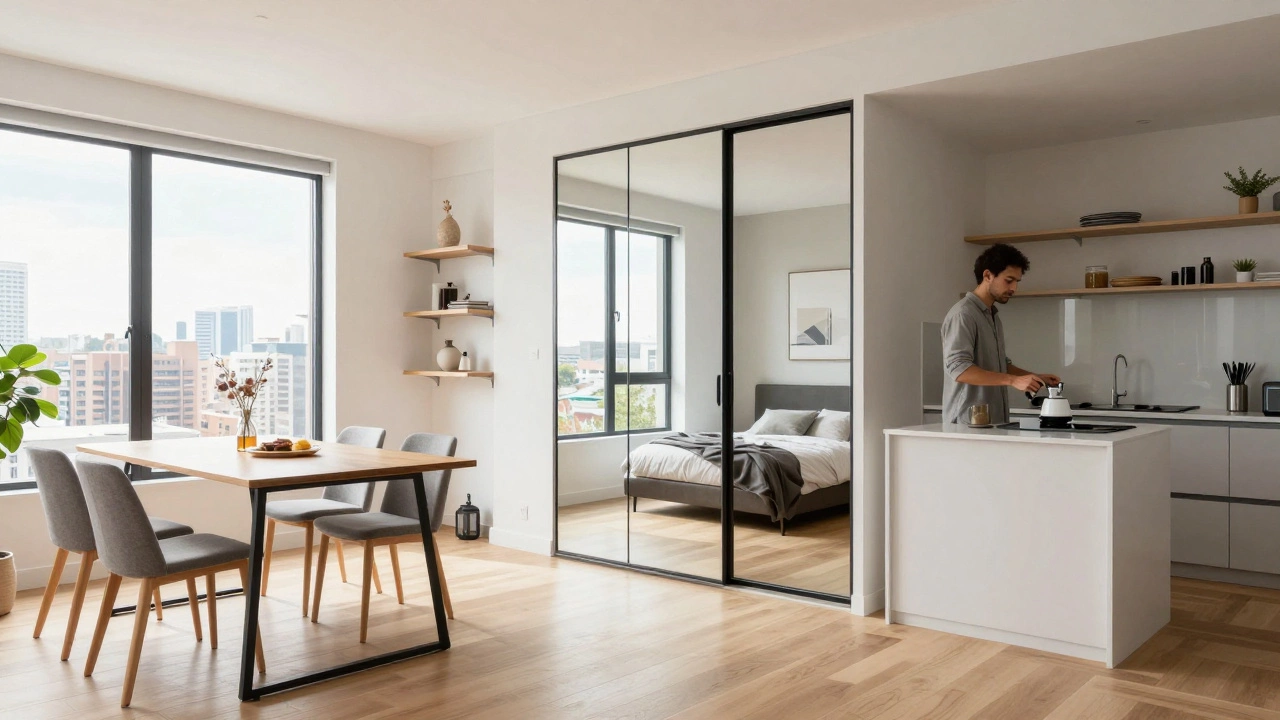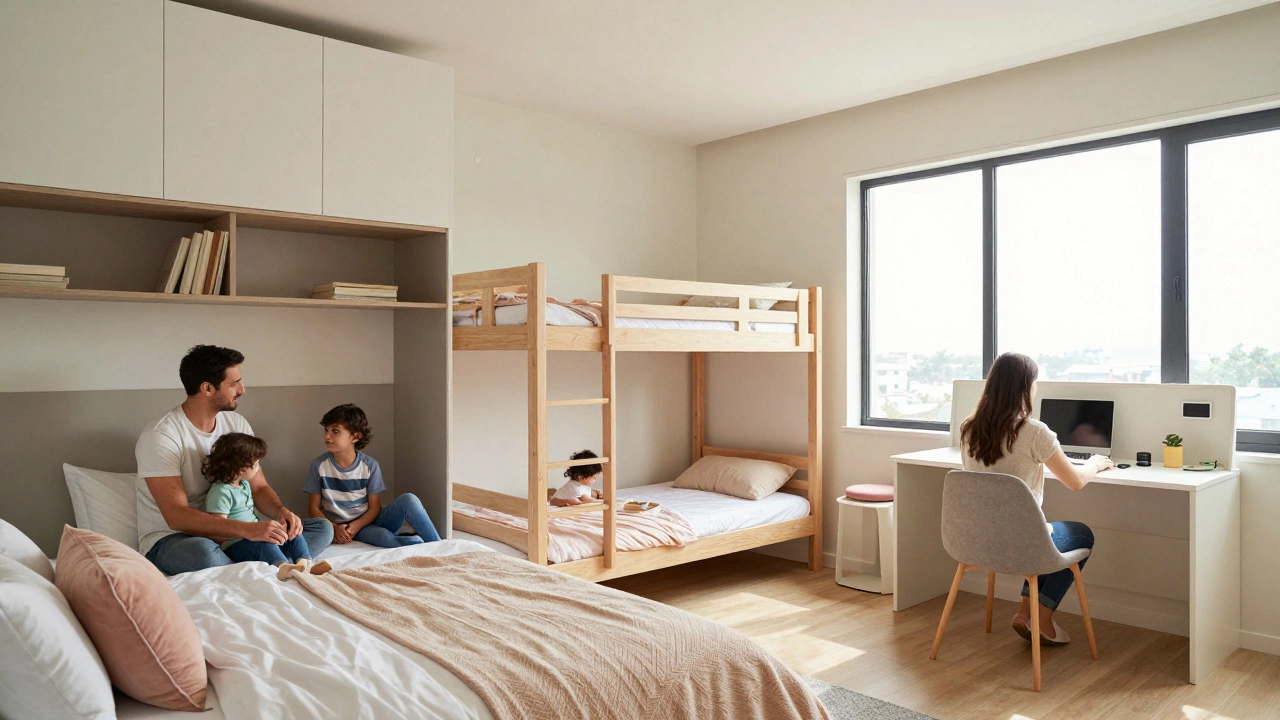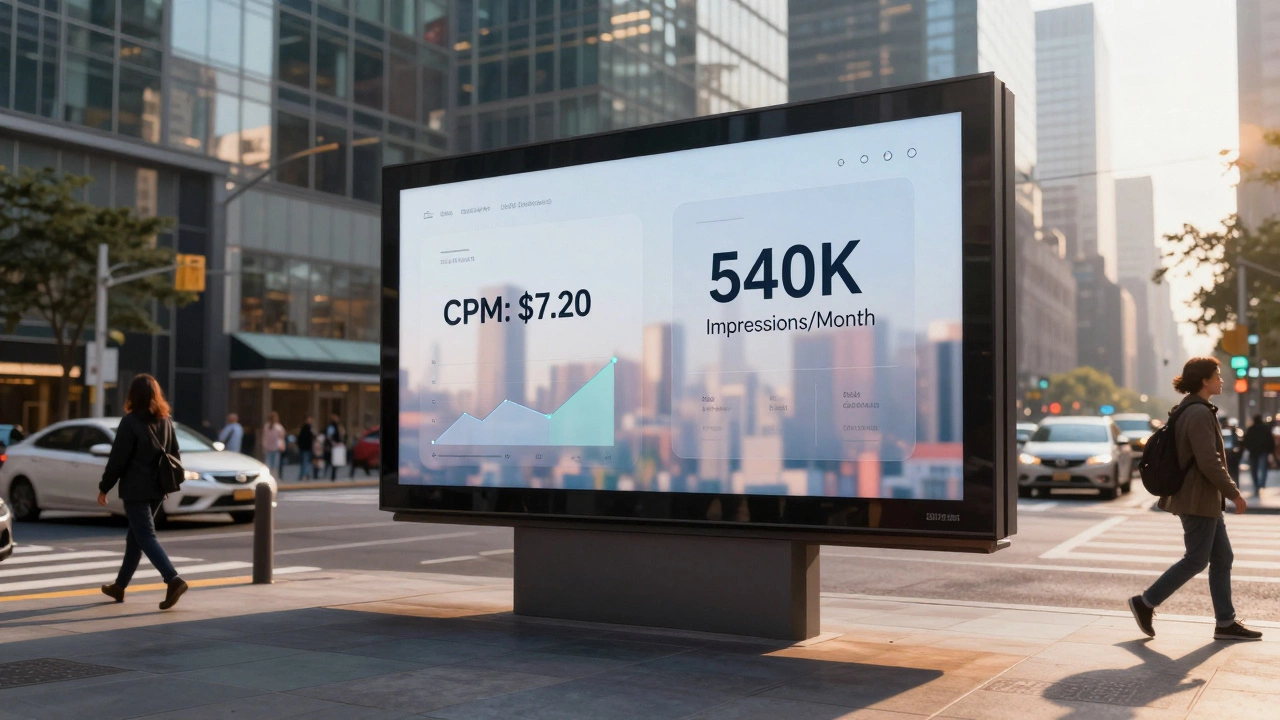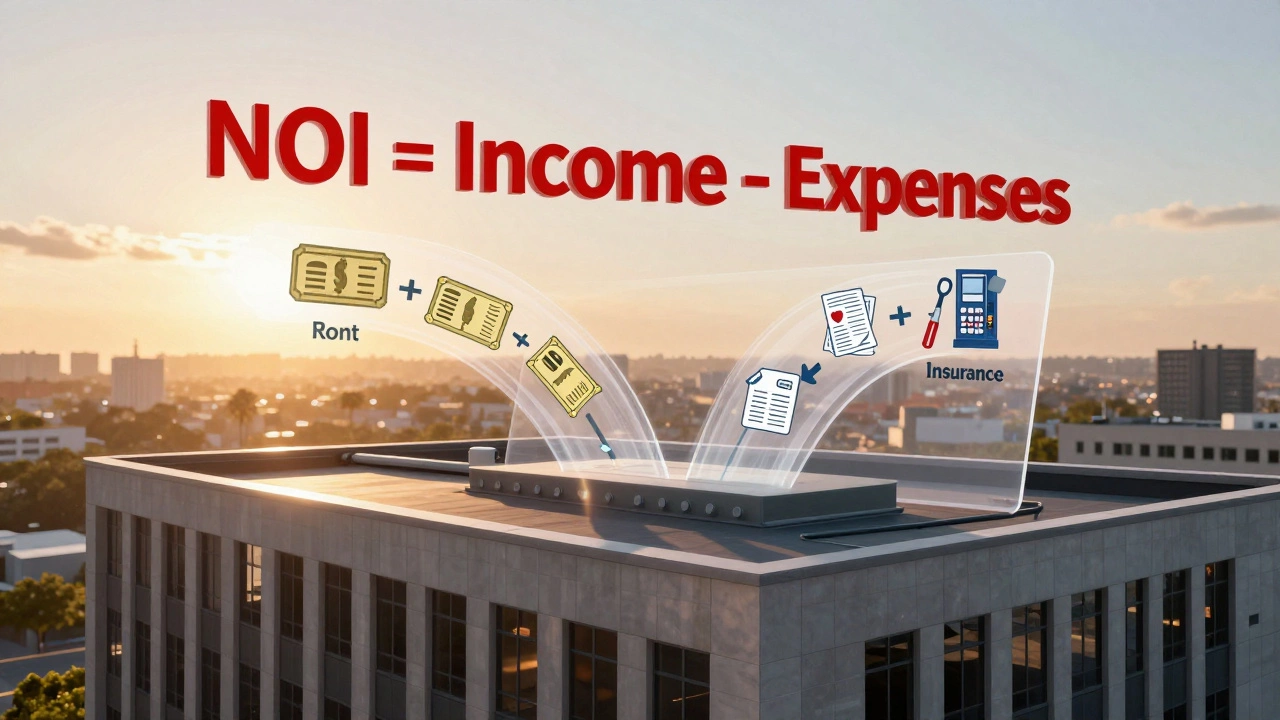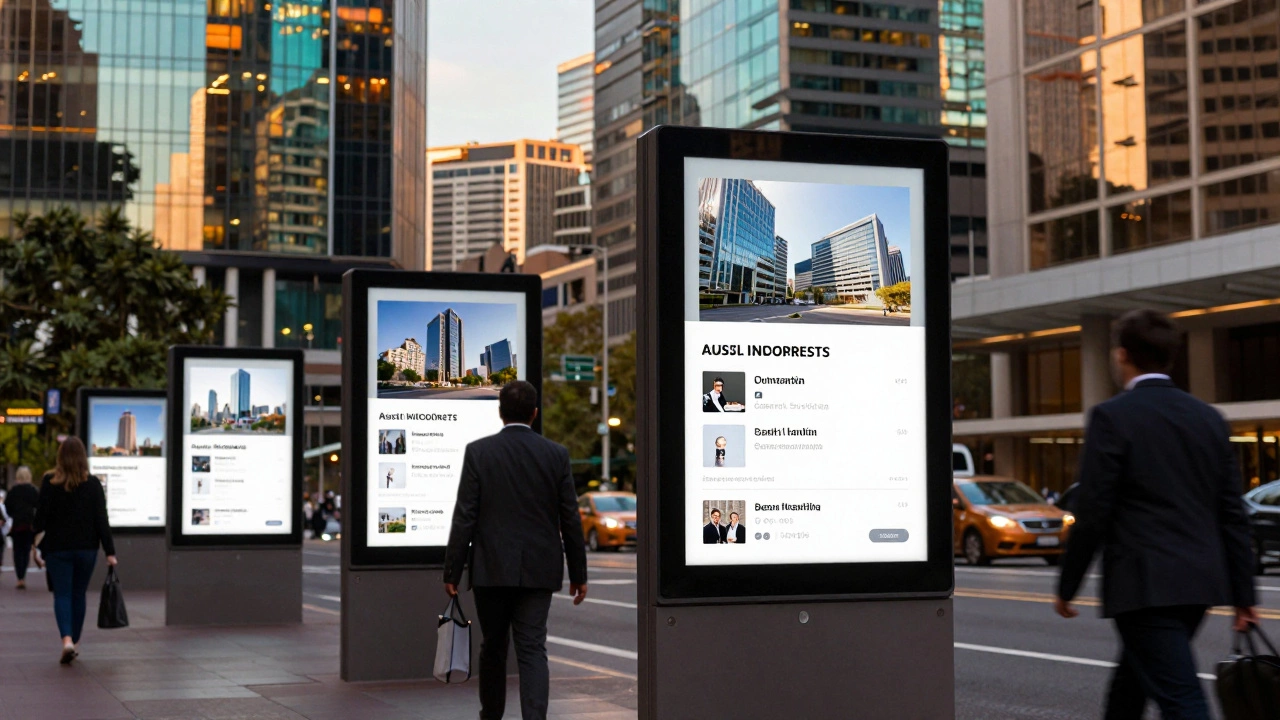Investing in commercial property can feel like a game of chess. Every move needs to be calculated, and one wrong decision can cost you. But hey, with the right insight, it’s not just doable; it’s profitable. Retail spaces, for instance, are more than just shop fronts; they’re the pulse of a community. Getting in on a prime retail space could be your ticket to steady rental income, especially if you're in a bustling area.
Then there’re office buildings. With flexible working on the rise, you might think their appeal has dimmed. Not true! Companies are still on the lookout for spaces that offer hot-desking, meeting pods, and robust IT setups. Offering facilities tailored to this demand could be a real winner.
Retail Spaces
Diving into commercial property investments through retail spaces is a smart move, especially if you're aiming for consistent returns. These properties are all about location, location, location—and in bustling areas, they can be as good as gold. Think of them as the heart of community activity where everyone flocks.
One interesting fact is that around 80% of retail sales still happen in physical stores, even with online shopping booming. So, owning a investment property in retail means you’re tapping into that mainstream traffic. This makes sense because while people do love online shopping, there's something unique about touching, trying, and buying on the spot.
Now, consider what kind of retail property suits you best. Are you eyeing a shopping mall, a high-street corner shop, or perhaps a trendy pop-up store space? These options have unique advantages:
- High-Street Shops: Perfect for targeting foot traffic without the overheads of a big mall. They offer charm and flexibility.
- Shopping Malls: Ideal if you're looking for high footfall and established shopping culture, although they come with higher costs and more competition.
- Pop-Up Spaces: These are versatile and trendy, appealing to niche markets and seasonal events.
But remember, not all that glitters is gold. Research is key. Consider trends in retail consumer behavior, the local economy, and even future development plans for the area. Survey the area to see what competitors are doing, and if there's a gap, seize it!
For potential investors, understanding lease structures can also be a game-changer. You might encounter gross, net, or percentage leases—each with its own pros and cons. It's worth consulting a real estate advisor to get into the nitty-gritty and make sure you're getting the most out of your investment strategy.
Office Buildings
In today's shifting work environment, office buildings still hold their ground as a solid choice for investors. Despite the rise of remote work, there remains a substantial demand for versatile office spaces designed to accommodate both in-person and hybrid work models. Businesses are seeking office spaces offering flexibility, emphasizing open layouts and adaptable meeting areas.
Investing in office buildings isn't just about location anymore; it’s about mobility and technology. Tenants are keen on properties equipped with high-speed internet and tech-savvy features like video conferencing facilities. Beyond that, sustainability is catching on in a big way, with energy-efficient HVAC systems and green building certifications becoming significant selling points.
Now let’s talk numbers. Reports suggest that in many urban areas, the return on investment for office spaces can range anywhere from 7% to 12%, depending on market conditions and occupancy rates. This makes them an attractive proposition when combined with long-term leases.
For those considering an investment, here are a few key things:
- Research the local corporate landscape. Areas with a steady stream of tech startups or expanding companies often have a higher demand for modern office spaces.
- Analyze amenities. Locations with parking, access to public transit, and a variety of nearby services can command higher rent.
- Look into building specs. Smart buildings with energy-efficient systems and connectivity setups are preferable.

Warehouse and Industrial Spaces
Thinking about investing in warehouse and industrial spaces? It's not just about having a big empty building with a fancy 'For Lease' sign. The demand for these spaces has been shooting up, especially with the e-commerce boom. Online businesses aren't going to ship their goods straight out of a bedroom, right? They need space!
These properties are literally the backbone of logistics and supply chains. You’ve got warehouses, distribution centers, and manufacturing hubs all under this umbrella. What makes them tick? Think about location first. Being near major highways, ports, or railway lines makes a property much more attractive to potential tenants. These spaces need accessibility.
Also, consider the layout and facilities of the building. High ceilings, truck access points, and good floor load capacities make a property more functional. Tenants look for flexibility too. They might want to store goods this year but manufacture next year. Offering a space that can evolve with the tenant’s needs is a big plus.
Here’s a quick stat to chew on: as of 2024, the vacancy rate for key industrial markets in Australia dropped to just 2% or even less in some cities. That kind of demand suggests that investing in industrial spaces isn’t just safe; it's smart.
| Feature | Importance |
|---|---|
| Location | Highways, ports, accessible routes |
| Layout | High ceilings, truck access |
| Flexibility | Adaptable for different needs |
So if you're lining up your next property investment, keep industrial spaces in mind. They’re not glamorous, but the potential returns could make your investment portfolio shine. Keep these factors in mind, and you might just hit the jackpot.
Mixed-Use Developments
Ever felt like you need a bit of everything all in one place? That's exactly what mixed-use developments offer! Picture this: you wake up in your comfy apartment, head downstairs for a morning coffee at the café, then stroll a few more steps to your office. Convenient, right?
Mixed-use developments cleverly combine commercial property, residential areas, and even recreational facilities in one spot. The beauty of investing in these is that they cater to the trend of work-life balance that many people crave. You get a mix of tenants, which can mean more stability in income streams—if one part slumps, another might be on the up!
Now, why are these developments picking up steam? Well, they help reduce urban sprawl and make the most of limited urban space. Plus, having everything close by tends to attract more foot traffic, benefiting the businesses and services within. You might find these popular in inner-city areas where space is tight, yet demand is through the roof.
- Attractive to young professionals seeking vibrant live-work spaces.
- Can increase property value due to high demand and location benefits.
- Often supported by local governments aiming for sustainable development.
According to urban planning reports, cities like Sydney and Melbourne are seeing a rise in mixed-use projects, largely because they meet the sustainability goals cities are chasing. If you play it smart in this niche, not only could you have a savvy investment, but you might just change the way people live, work, and play in the urban jungle.

